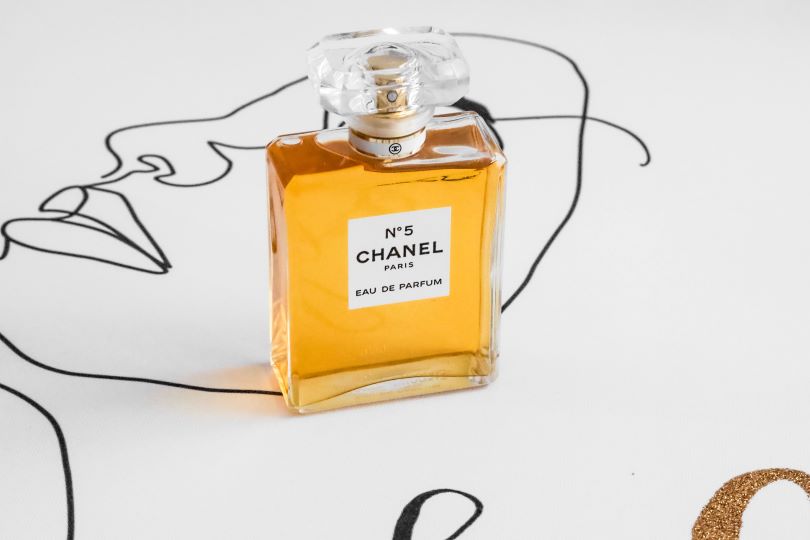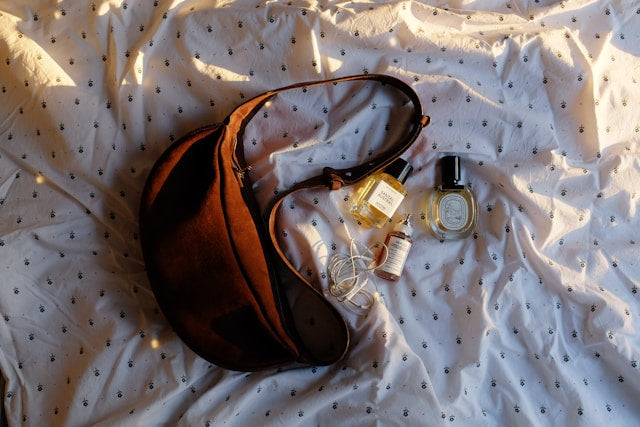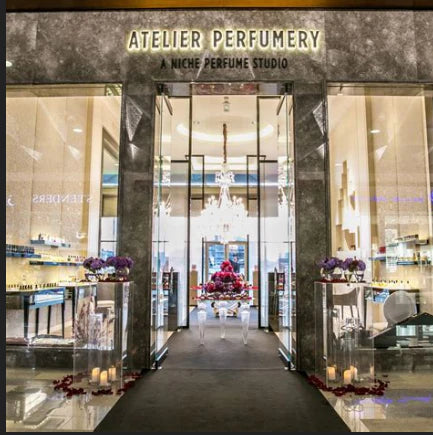Chanel No. 5 And Its Evolution Over Time

Have you ever wondered why perfumes smell subtly different from their initial launch to present day? If you have ever mourned the discontinuation of a beloved signature perfume or candle this keep reading. Though we are using the iconic Chanel No. 5 as our case study the insights shared here go beyond this classic scent and are relevant to mainstream and niche fragrances like MAIR, Heretic, and Xerjoff.
Chanel No. 5: The Composition: Launched in 1921 by Coco Chanel herself, Chanel No. 5 is a symphony of notes that has become synonymous with elegance and sophistication. Its original formulation consisted of a complex composition of aldehydes, bergamot, lemon, jasmine, rose, lily of the valley, iris, vetiver, sandalwood, vanilla, and amber.
Ingredients and Formulation: The original creation by perfumer Ernest Beaux was groundbreaking because fragrances of its time only consisted of single notes, however Beaux introduced aldehydes—a group of organic compounds—to the world of perfumery. Aldehydes added a sparkling quality to the fragrance, setting it apart from traditional scents.
Technological Advancements in Perfumery: As the fragrance industry embraced technological innovations, some ingredients in Chanel No. 5 underwent subtle changes. Aldehydes, for instance, were initially derived from natural sources but are now often synthesized in laboratories to ensure consistency and sustainability.
FDA Regulations: It is a fragrance balancing act to manage the regulatory landscape. FDA Guidelines can shift year to year; to ensure the safety of cosmetic products, including fragrances and managing all the changes can be like walking in murky water. Some ingredients that were once integral to Chanel No. 5, such as certain natural musk compounds, have faced restrictions due to environmental and ethical concerns. In most cases, once a perfumer gets notice of a fragrant note on the ban list they often substitute the banned note with a scent that's very similar to what what they can no longer use.
Changing Consumer Preferences: Consumer preferences are influenced by cultural shifts and a growing awareness of sustainability. Scent trends often play a major role in perfume evolutions including in Chanel No. 5's subtle transformation. The demand for cruelty-free and eco-friendly practices has led the brand to reevaluate and adjust certain elements in response to the evolving market.
Maintaining Signature Elements: Despite these changes, Chanel No. 5 without a doubt remains an iconic fragrance that has stood the test of time. Perfumers have skillfully adapted the formulation, preserving the essence of the original while navigating the constraints of regulations and meeting contemporary expectations.
Chanel No. 5 serves as a remarkable example of how an iconic fragrance evolves in response to a dynamic interplay of technological advancements, regulatory guidelines, and shifting consumer preferences. As we continue to enjoy its enduring allure, we witness not only the fragrance's ability to transcend time but also the industry's commitment to innovation and responsibility in crafting scents that captivate the senses.



